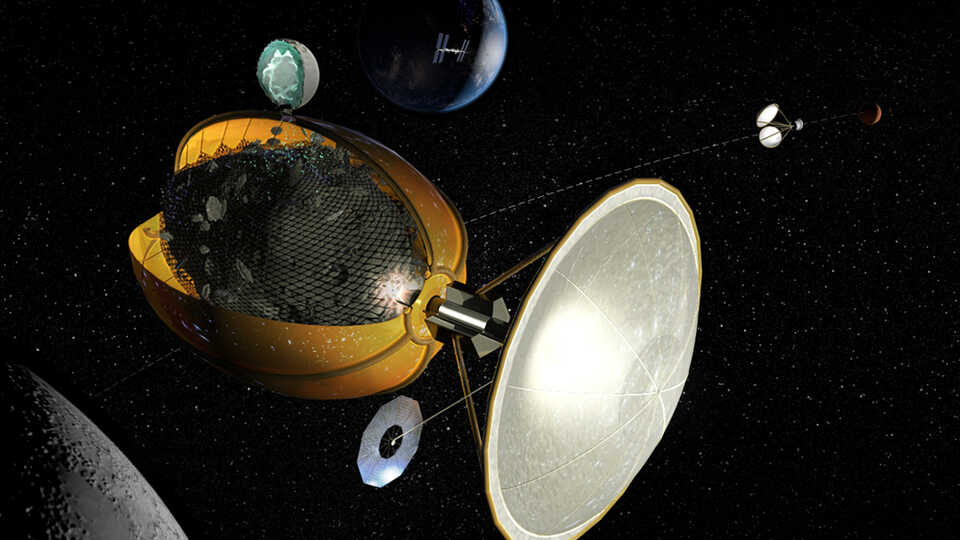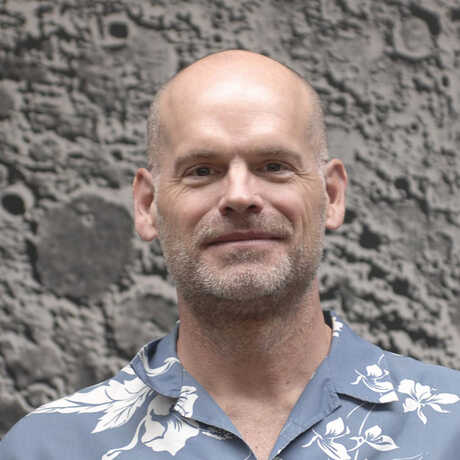Public: $15
Members and seniors: $12
All Dean Lectures are free for supporters generously giving $3,000+ annually (while supplies last). Members and donors, please log in after adding tickets to your cart to receive your discount.

This image by Anthony Longman and Trans Astronautica Corporation depicts one possible technique for collecting water from asteroids.
Asteroid Mining: Stepping Stones to Solar System Exploration
Monday, December 5, 2022
7:30 pm
Morrison Planetarium
Featuring Dr. Robert Jedicke, University of Hawaii
Since its inception, NASA has promoted a vision of space exploration that involves missions and outposts within the inner solar system with supplies delivered from Earth's surface, the Moon, or Mars. Recent research suggests an additional scenario in which humans live in space supported by resources extracted from asteroids, beginning with the most accessible Near Earth Objects (NEOs). NEOs are a cost-effective approach because they contain available, exploitable extraterrestrial resources that are delivered to the inner solar system by gravitational perturbations from the planets, they have been naturally preprocessed into objects the ideal size for industrial operations, and they contain critical materials for cost-effective self-sustaining activities in space.
Seating is limited for this event and advance reservations are required. To order by phone, please call (877) 227-1831.

Robert Jedicke was drafted in 1985 at the top of the 3rd round by the Canadian Football League's B.C. Lions in Vancouver, Canada. After getting cut early in the try-outs, he had professional careers in particle physics, astronomy, and software engineering. He received his Ph.D. in experimental particle physics from the University of Toronto, Canada, and then held post-doctoral positions at the Fermi National Accelerator Laboratory in Batavia, Illinois, and at the University of Arizona’s Lunar & Planetary Laboratory. He then spent more than five years developing image analysis software for surface interferometers at WYKO/Veeco Corporation in Tucson, Arizona. He has been at the University of Hawaii’s Institute for Astronomy for the last 19 years, managing the development of the Moving Object Processing System for the Pan-STARRS telescope on Maui that is now the world’s leading discovery system for asteroids and comets. His current research interests include studying the properties of interstellar objects and developing plans to extract water from asteroids to provide fuel for spacecraft missions.
Download Morrison Planetarium's 2024 Pocket Almanac to stay up-to-date on eclipses, meteor showers, satellite spottings, and more.
